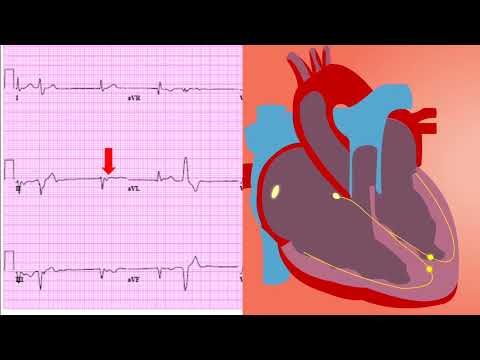🎬 Video Summary
This medical animation provides a detailed look at the prostate biopsy procedure, offering a clear understanding of the anatomy and the steps involved. Learn about the process of obtaining prostate tissue samples for diagnostic evaluation. This video is an excellent resource for medical professionals and patients seeking information about prostate biopsy protocols.
🧠 Teaching Pearls
- 💡 Understand the anatomical landmarks crucial for accurate prostate biopsy.
- 💡 Learn the standard procedure followed during a prostate biopsy.
- 💡 Discover the purpose of prostate biopsies in diagnosing prostate conditions.
- 💡 Gain insights into the preparation and aftercare involved in a prostate biopsy.
❓ Frequently Asked Questions
Q: What is the main purpose of a prostate biopsy?
A: A prostate biopsy is primarily performed to detect the presence of prostate cancer. It involves taking small tissue samples from the prostate gland for microscopic examination by a pathologist.
Q: How is a prostate biopsy performed?
A: Typically, a prostate biopsy is performed transrectally, using a needle inserted through the rectum wall to collect tissue samples. Image guidance, such as ultrasound, helps to target specific areas of the prostate.
Q: Is a prostate biopsy painful?
A: Some discomfort or pressure may be felt during the procedure. Local anesthesia is commonly used to minimize pain. Post-biopsy soreness is also possible, but usually mild.
Q: What are the potential risks associated with a prostate biopsy?
A: Potential risks include bleeding, infection, urinary problems, and, rarely, sepsis. Antibiotics are often prescribed to prevent infection, and doctors take precautions to minimize complications.
Q: How long does it take to get the results of a prostate biopsy?
A: The results of a prostate biopsy typically take about a week to ten days. The tissue samples need to be processed, examined by a pathologist, and a report generated.
🧠 Key Takeaways
- 💡 The prostate biopsy procedure involves obtaining tissue samples for cancer detection.
- 💡 Ultrasound guidance enhances the accuracy of the biopsy.
- 💡 Understanding the anatomy of the prostate is essential for a successful biopsy.
- 💡 Risks associated with the procedure are generally manageable with proper precautions.
🔍 SEO Keywords
Prostate biopsy, medical animation, prostate cancer diagnosis, transrectal biopsy, prostate anatomy, biopsy procedure, urology
“`

